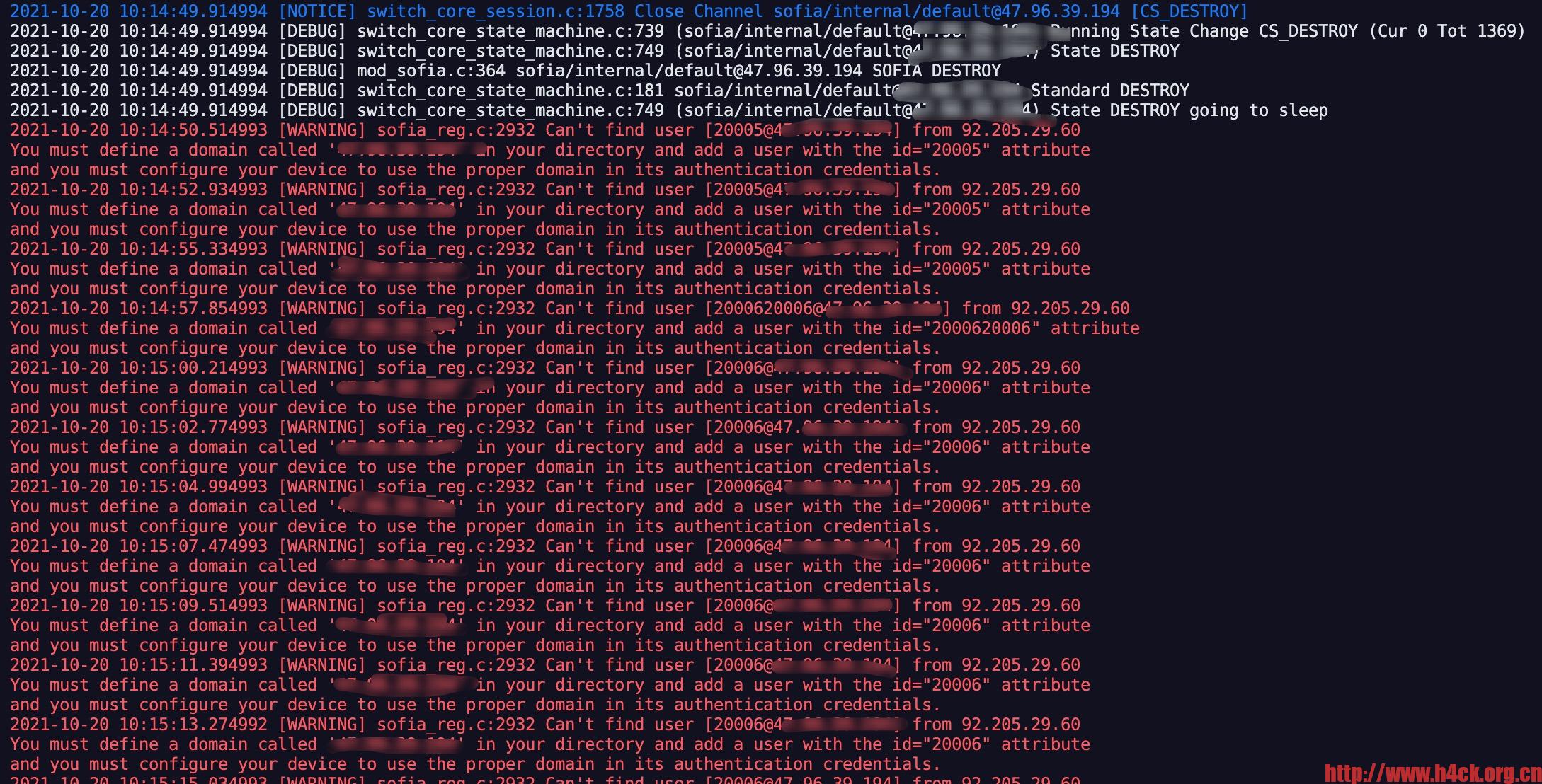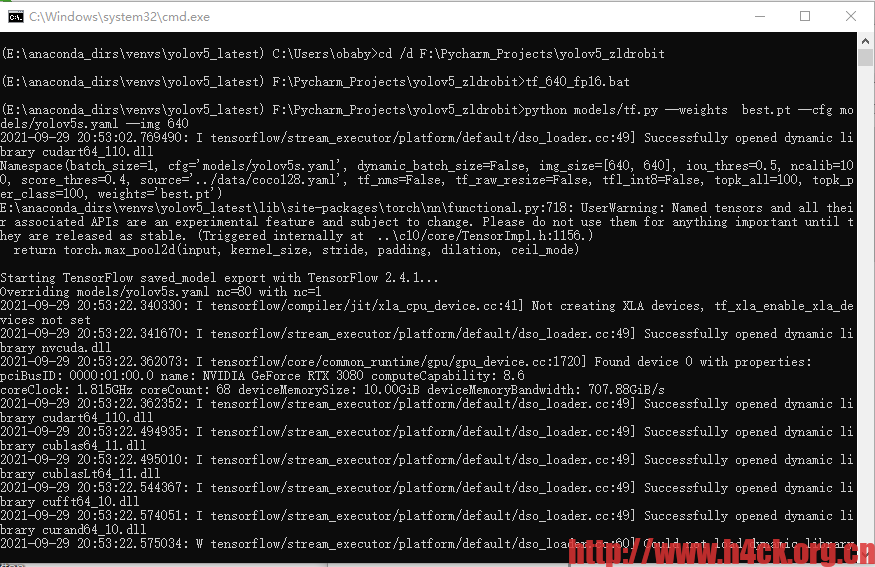在之前的文章《Yolov5 Android tf-lite方式集成》中,导出tf-lite方式的模型使用的是https://github.com/zldrobit/yolov5.git中的tf.py。晚上尝试用yolov5 最新版本的代码的export.py导出,如果不想修改命令行参数,可以字节修改以下代码:
# 需要修改参数 data weights batch-size
def parse_opt():
parser = argparse.ArgumentParser()
parser.add_argument('--data', type=str, default=ROOT / 'data/ads.yaml', help='dataset.yaml path')
parser.add_argument('--weights', type=str, default=ROOT / 'best.pt', help='weights path')
parser.add_argument('--imgsz', '--img', '--img-size', nargs='+', type=int, default=[640, 640], help='image (h, w)')
parser.add_argument('--batch-size', type=int, default=1, help='batch size')
parser.add_argument('--device', default='cpu', help='cuda device, i.e. 0 or 0,1,2,3 or cpu')
parser.add_argument('--half', action='store_true', help='FP16 half-precision export')
parser.add_argument('--inplace', action='store_true', help='set YOLOv5 Detect() inplace=True')
parser.add_argument('--train', action='store_true', help='model.train() mode')
parser.add_argument('--optimize',default=True, action='store_true', help='TorchScript: optimize for mobile')
parser.add_argument('--int8', action='store_true', help='CoreML/TF INT8 quantization')
parser.add_argument('--dynamic', action='store_true', help='ONNX/TF: dynamic axes')
parser.add_argument('--simplify', action='store_true', help='ONNX: simplify model')
parser.add_argument('--opset', type=int, default=13, help='ONNX: opset version')
parser.add_argument('--topk-per-class', type=int, default=100, help='TF.js NMS: topk per class to keep')
parser.add_argument('--topk-all', type=int, default=100, help='TF.js NMS: topk for all classes to keep')
parser.add_argument('--iou-thres', type=float, default=0.45, help='TF.js NMS: IoU threshold')
parser.add_argument('--conf-thres', type=float, default=0.25, help='TF.js NMS: confidence threshold')
parser.add_argument('--include', nargs='+',
default=['torchscript', 'onnx'],
help='available formats are (torchscript, onnx, coreml, saved_model, pb, tflite, tfjs)')
opt = parser.parse_args()
print_args(FILE.stem, opt)
return opt









